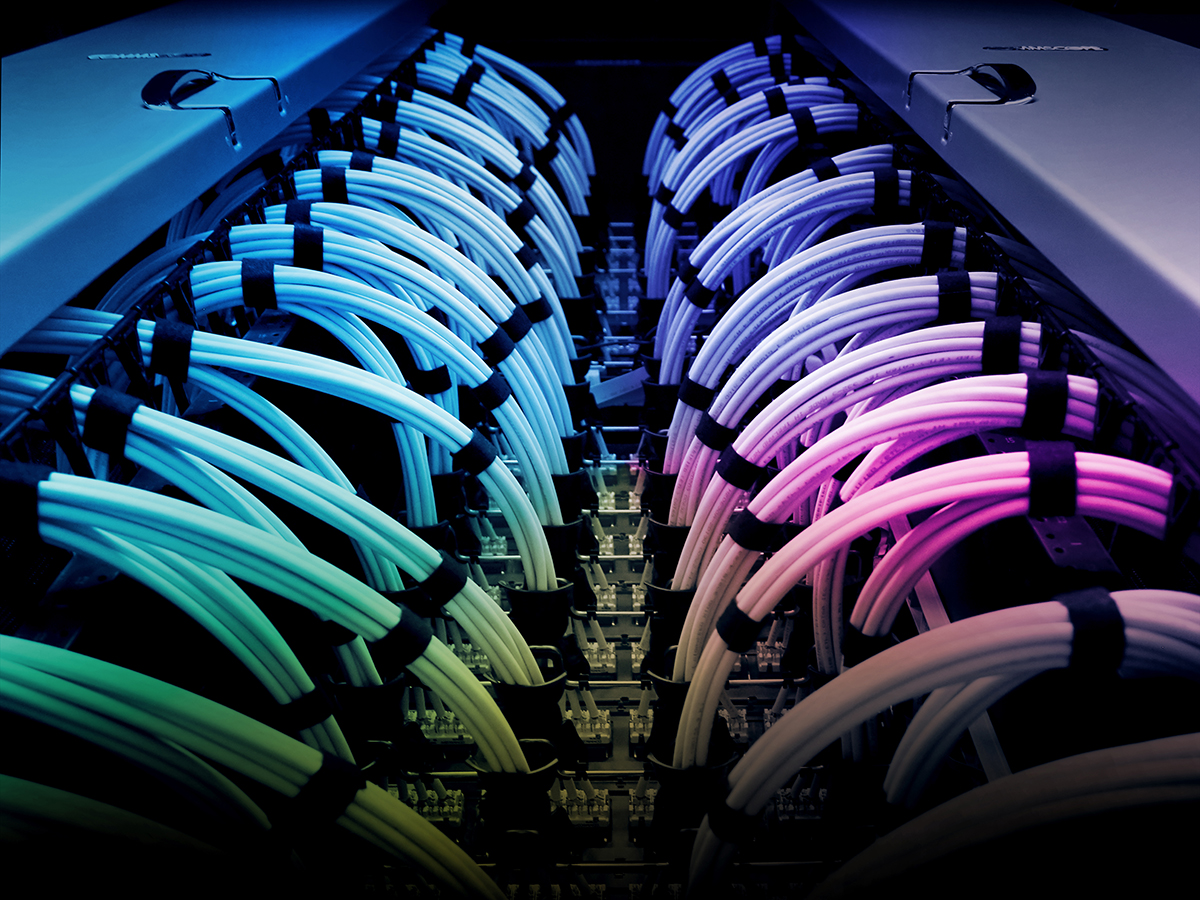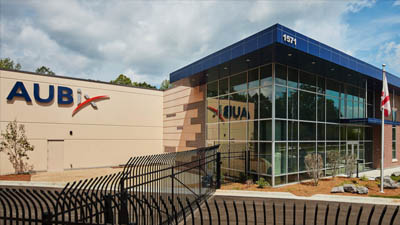In this four-part mini-blog series, we highlight four of the key drivers that are re-shaping enterprise building and campus networks:
- Hyperconnectivity
- Bandwidth
- Power
- Design adaptability
More than just highlighting these trends, we’ll discuss their implications on your enterprise network’s physical layer infrastructure and provide some tips on how to better plan and design for emerging next-gen applications.
Today’s mini-blog is all about hyperconnectivity—the increasing density of connected devices throughout buildings and across campuses. At the end of 2021, an estimated 10 billion IoT devices were connected and active worldwide—a mere 0.06 percent of devices that could be connected to the internet.[i] While IT applications have historically accounted for most enterprise-connected devices, a trend toward building and systems automation applications is tilting the field toward OT uses.
These may be either wired or wireless. Led by applications such as augmented reality (AR) and artificial intelligence (AI), these technologies are pushing the current envelope in terms of latency requirements. Of course, bandwidth and power are also big challenges, which we’ll address later in this series.
From a cabling and connectivity standpoint, hyperconnectivity poses several interesting challenges. One is the increasingly diverse ecosystem of devices, operating platforms and network requirements. Another issue is the aggregation of so many devices at the network edge. Perhaps the biggest concern, however, is how to ensure data and network security. Meeting these various needs in a way that is both manageable and scalable requires a careful rethink of the physical layer infrastructure.
CommScope offers the following guidance:
- Start with a structured cabling architecture, as it provides the most stable and scalable design
- Plan on deploying more and more of your wired devices in the ceiling; the industry is already moving in that direction because it enables maximum accessibility and minimum disruption
- If you’re not already using Category 6A cabling, begin switching over. Its bandwidth and higher voltage PoE support will be crucial as your devices’ data and power requirements increase
And speaking of tomorrow’s data-hungry devices and how they’ll impact today’s infrastructure decisions, stay tuned for Part 2.
[i] Internet of Things statistics for 2022—Taking Things Apart; DataProt.net, March 8, 2022














